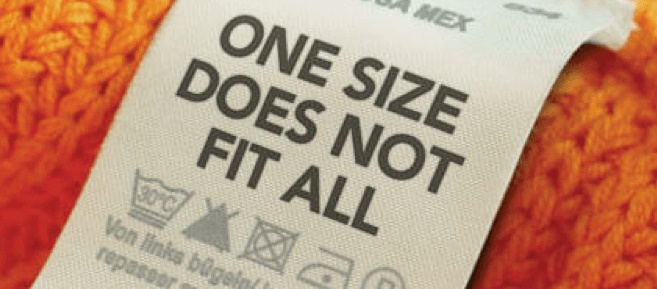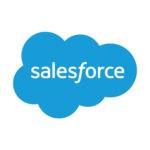
 Maggie Pronto, Media Strategist at The MediaShop
Maggie Pronto, Media Strategist at The MediaShop
Personalisation in advertising communication is a key part of the consumer journey. Consumers want a unique connection in exchange for their time, but they’re also concerned about how brands use their data. Or are they?
Research from “The State of the Connected Consumer” by Salesforce, indicates that consumer’s attitudes about how their data is being used is changing.
 Salesforce surveyed more than 7000 consumers to understand what drives them, and what they have discovered is that personalisation is not only expected but demanded.
Salesforce surveyed more than 7000 consumers to understand what drives them, and what they have discovered is that personalisation is not only expected but demanded.
When consumers evaluate purchases, they equally rank personalisation and reputation. In fact more than 52% will not hesitate to switch brands if they don’t receive the customisation they expect.
Once they have chosen a specific brand, 62% want personalised product recommendations and discounts – like Netflix for retail.
 As long as there are real benefits, a brand’s customers will likely become repeat buyers with 40% of consumers (Segment’s research) saying that they have purchased something more expensive than they planned because of their experience. It’s like when I receive my tailor made Pick n Pay vouchers – you never leave the shops with what you planned to!
As long as there are real benefits, a brand’s customers will likely become repeat buyers with 40% of consumers (Segment’s research) saying that they have purchased something more expensive than they planned because of their experience. It’s like when I receive my tailor made Pick n Pay vouchers – you never leave the shops with what you planned to!
According to Evergage’s Study on Personalisation, there are a wide range of benefits to personalisation with results from marketers provided based on their programmes:
- Realised a measurable lift in business results (88%) – with 53% reporting a lift greater than 10%, and 10% reporting a lift greater than 30%
- Increased conversion rates (63%)
- Improved overall customer experience (61%)
- Increased visitor engagement (57%)
These results would surely encourage marketers to prioritise personalisation, understanding that budget is a key barrier. Where would a brand start and how would they use it? Findings indicate the following:
- Channels for personalisation – Marketers are using personalisation in email campaigns (72%), as well as on their company’s website (57%), mobile site (28%), web app (20%) and mobile app (18%).
- Personalisation criteria – Marketers report personalising based on visitor location (60%), demographics (56%), pages/content viewed (54%), campaign source (50%) and previous behaviour (48%).
- Machine learning on the rise – Among marketers applying just rule-based personalisation, one in three (32%) plan to use machine-learning-driven personalisation next year.
- More personalisation staff – 59% of marketers say their organisations have personnel focused on personalisation, 38% say it’s a full-time responsibility for those individuals.
We have come a long way – from broad to more individual based communication. With all the messaging that our consumers have to sift through – more relevant and tailor made messaging makes for more ‘stoppable’ moments and from what we have seen, brands really need to inspire consumers to make a purchase.
- MRF Unveils Latest MAPS® Data - 20th February 2025
- The BRC announces changes to the board and updates for 2025 - 17th December 2024
- Top 50 DSTV TV programmes – October 2024 - 12th November 2024




